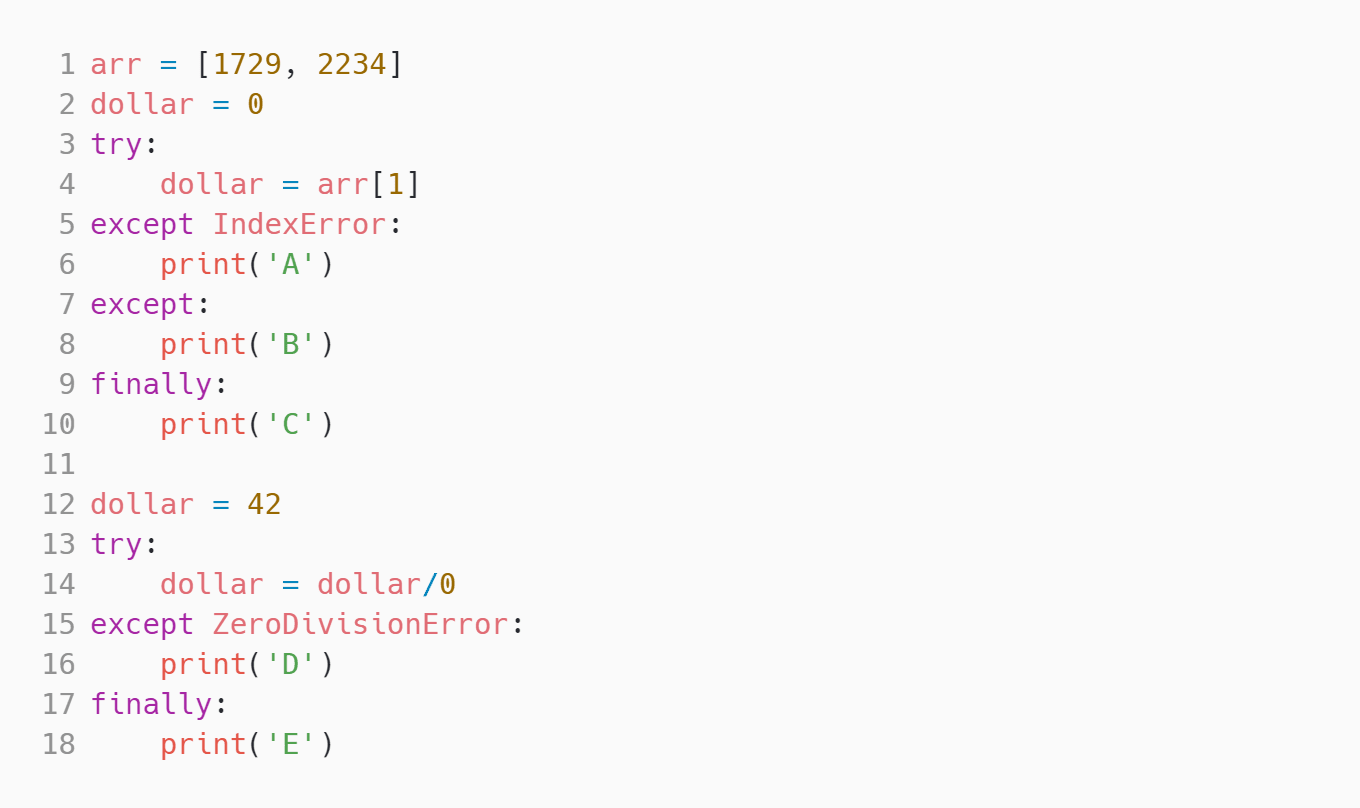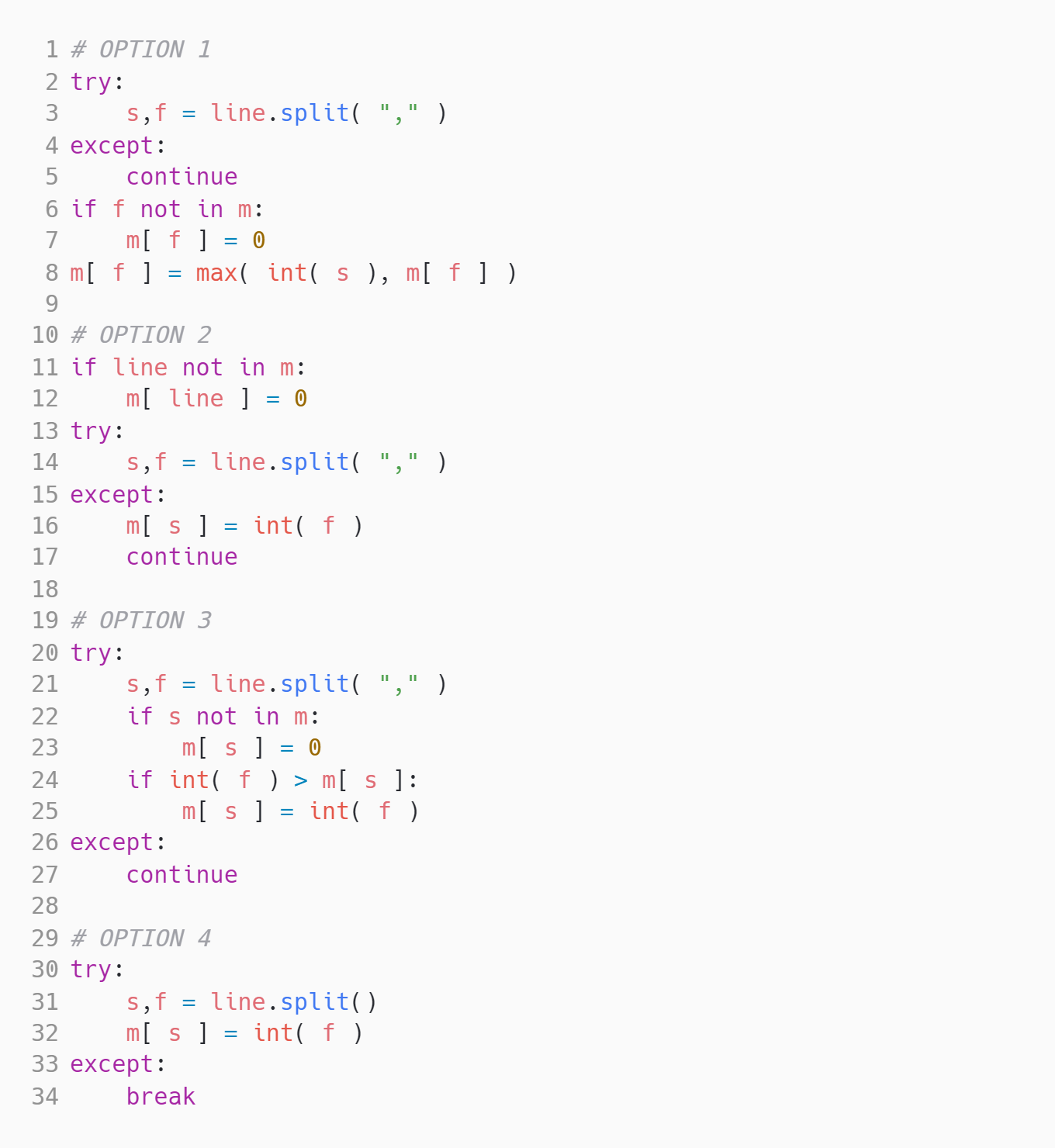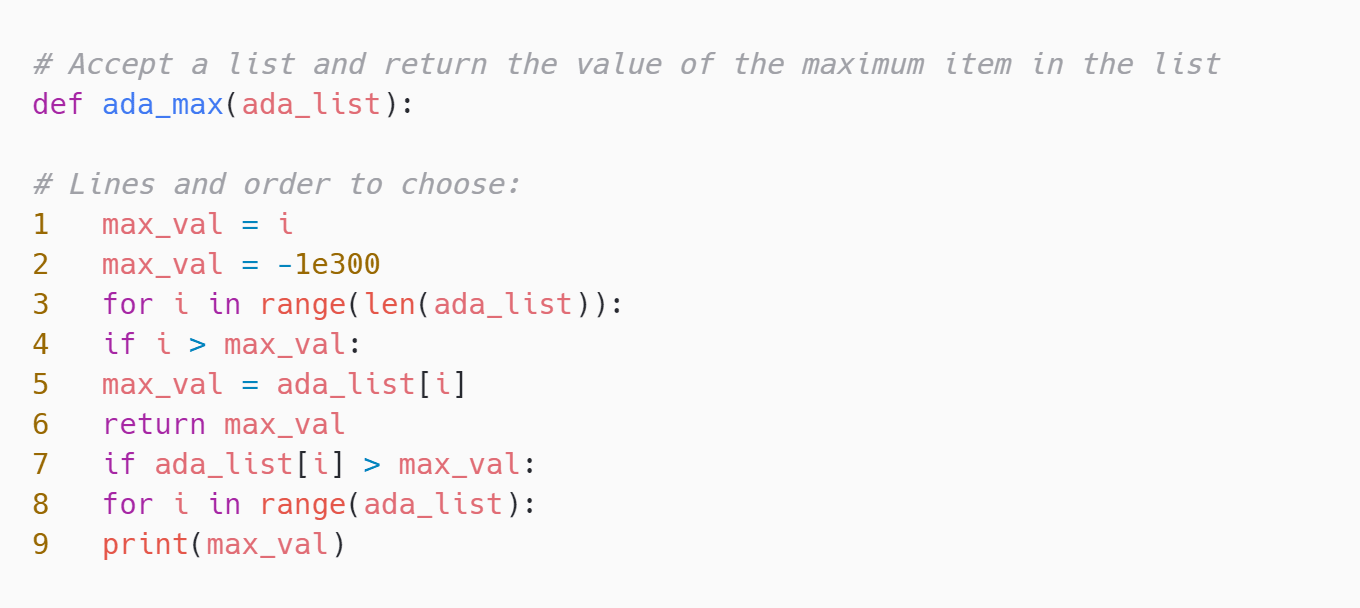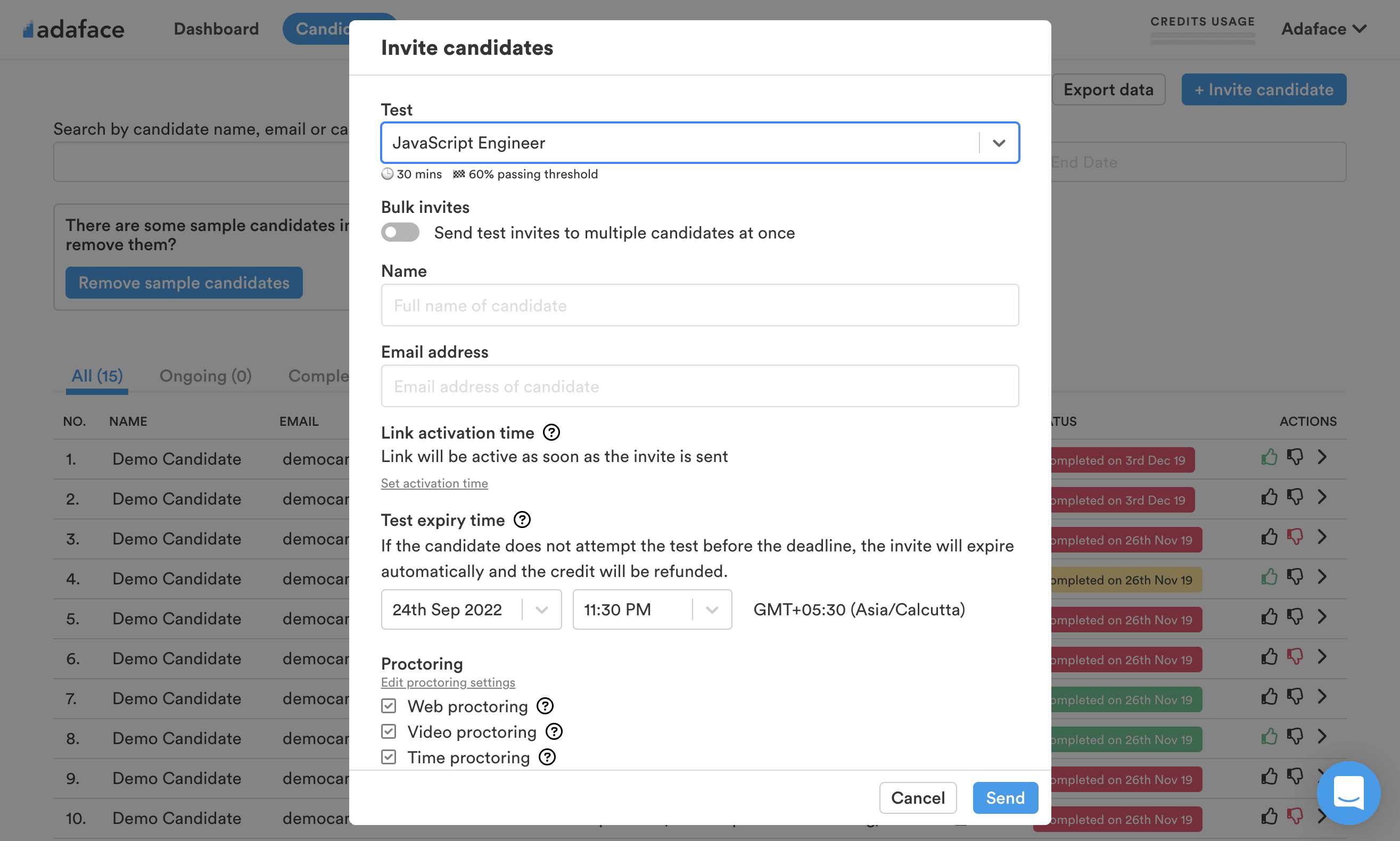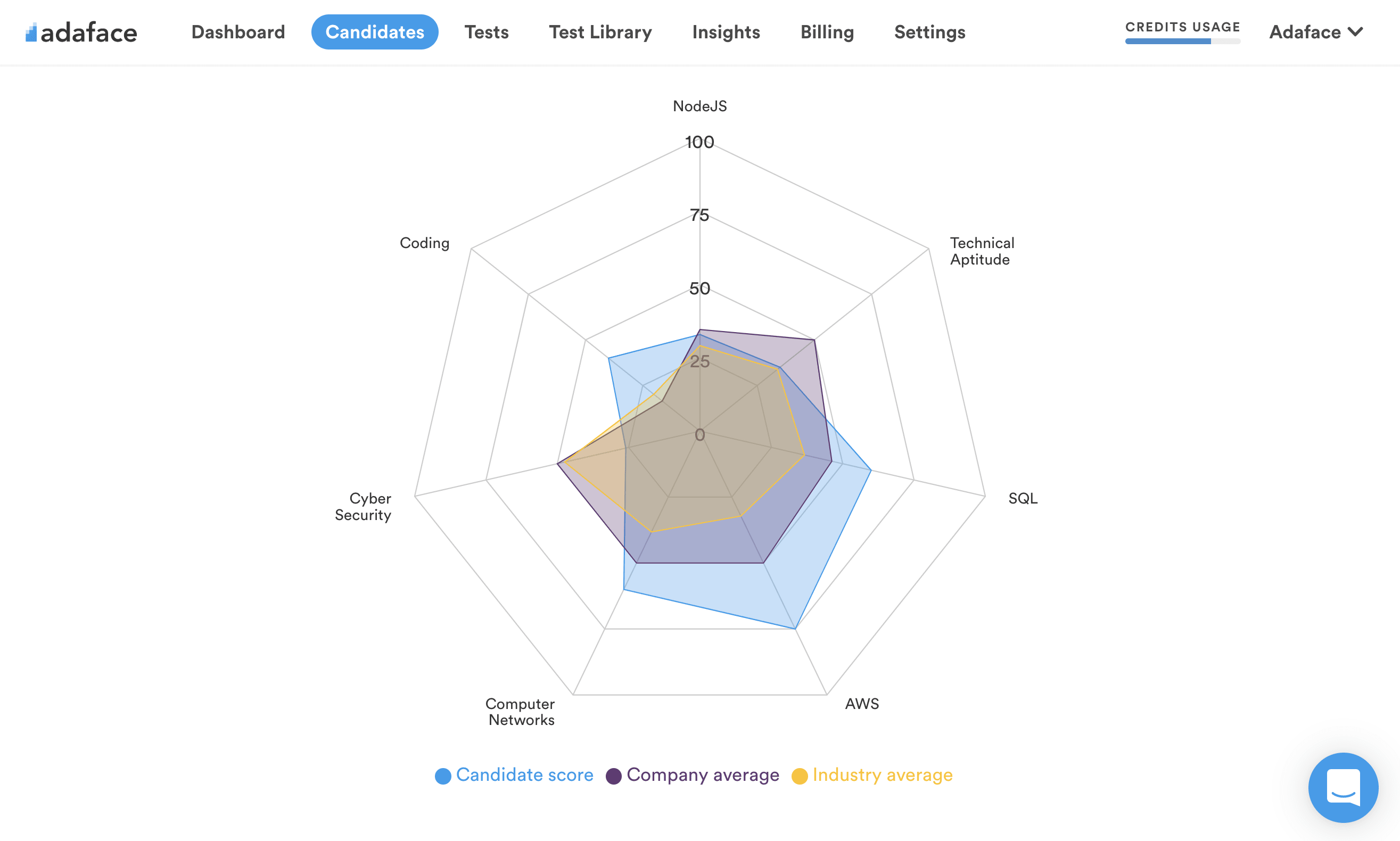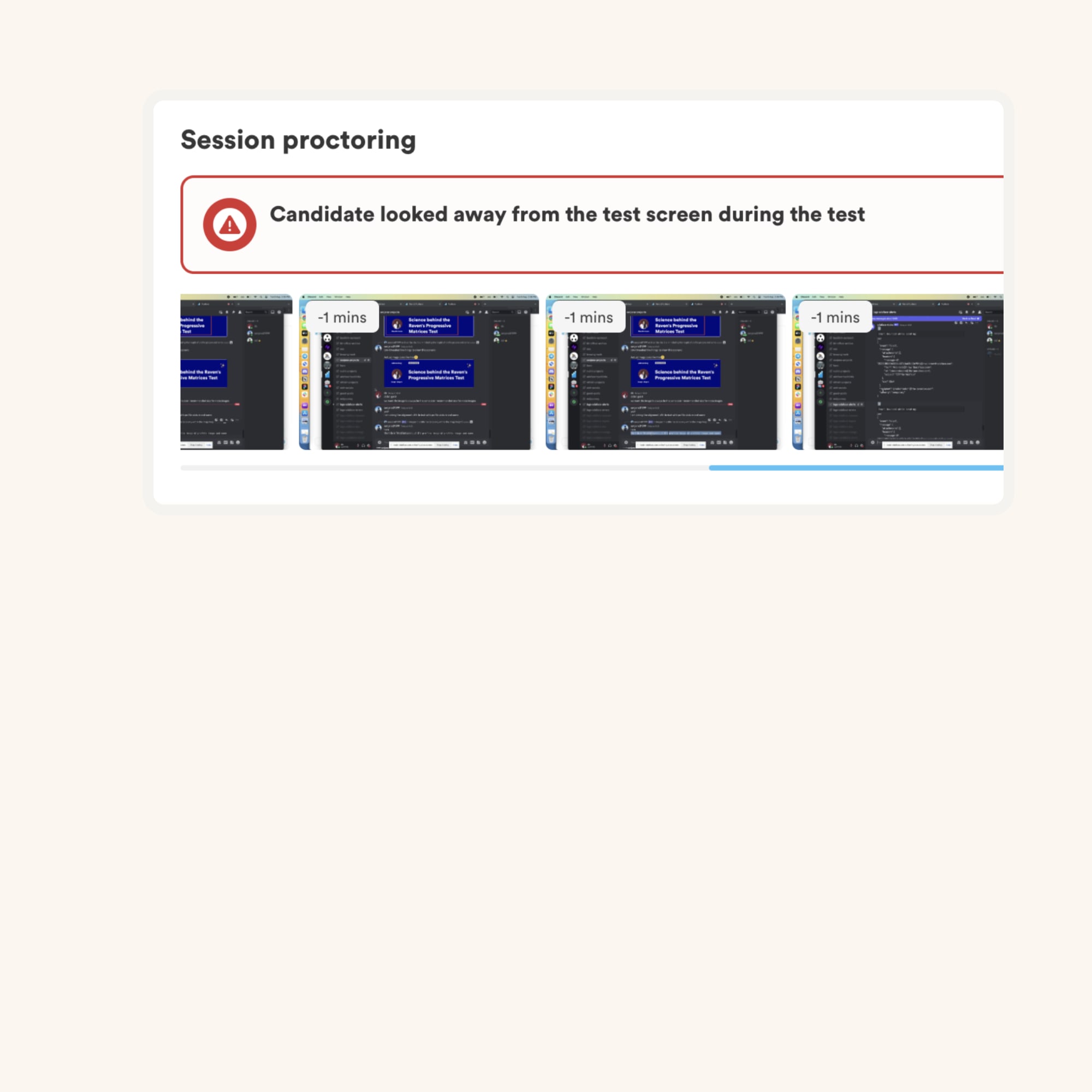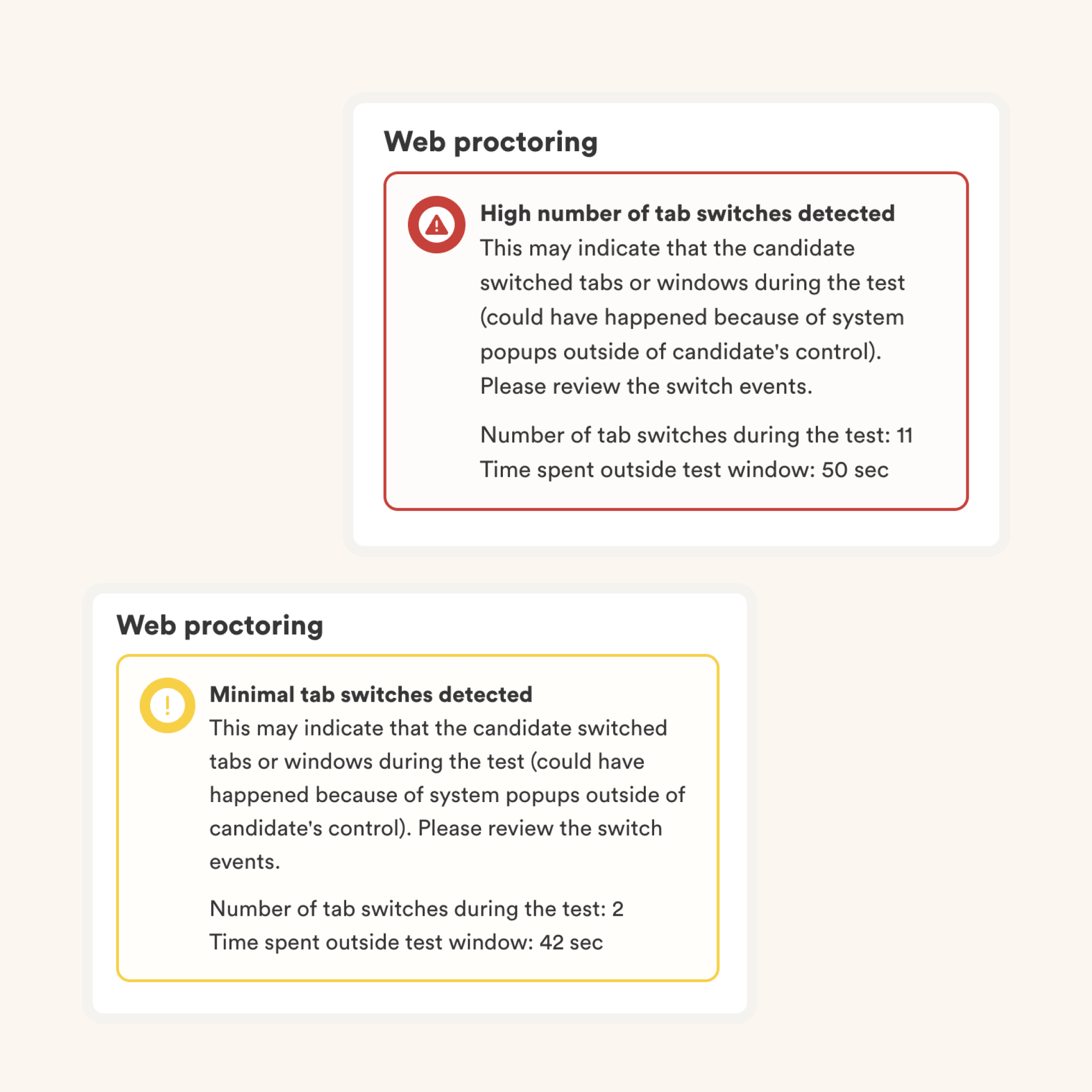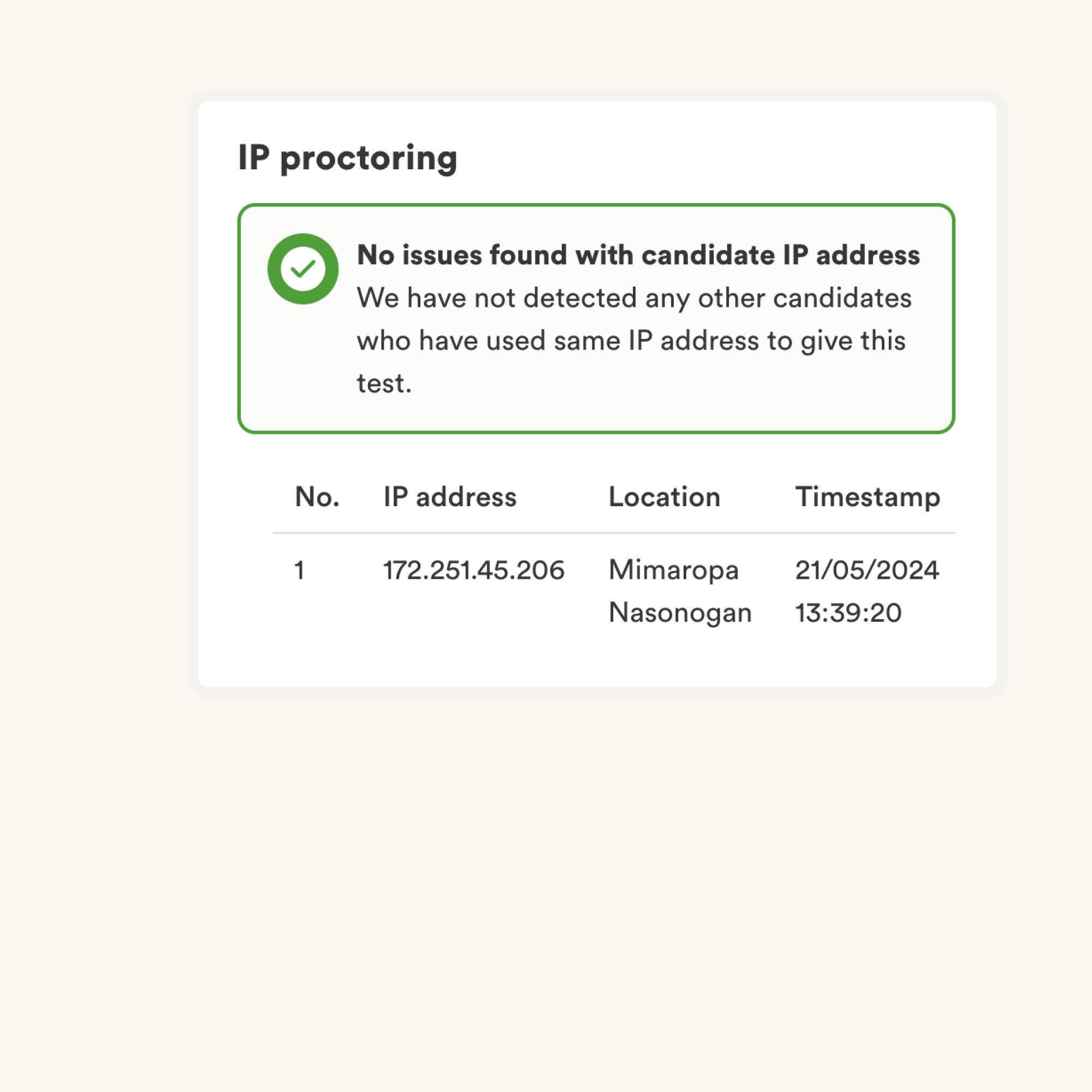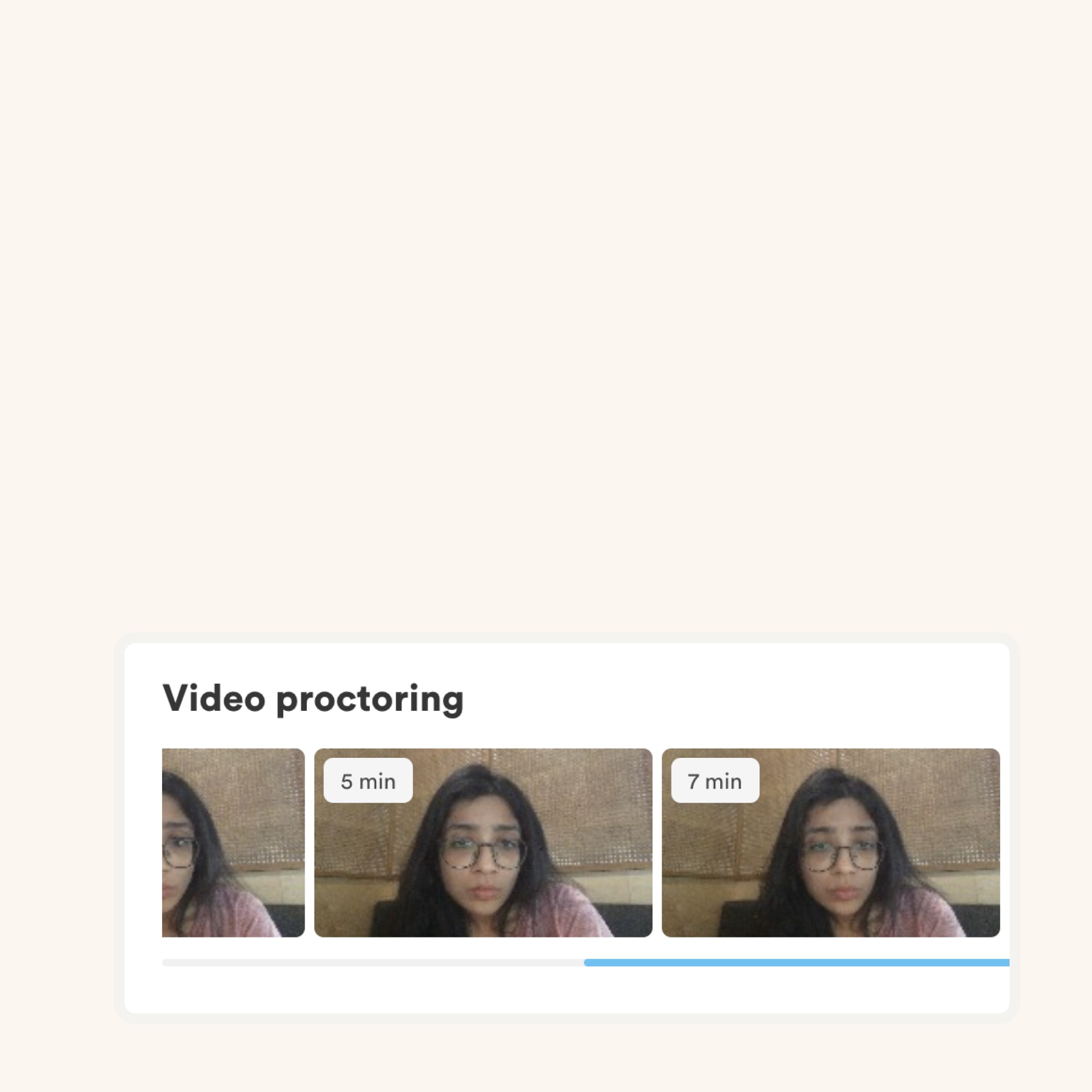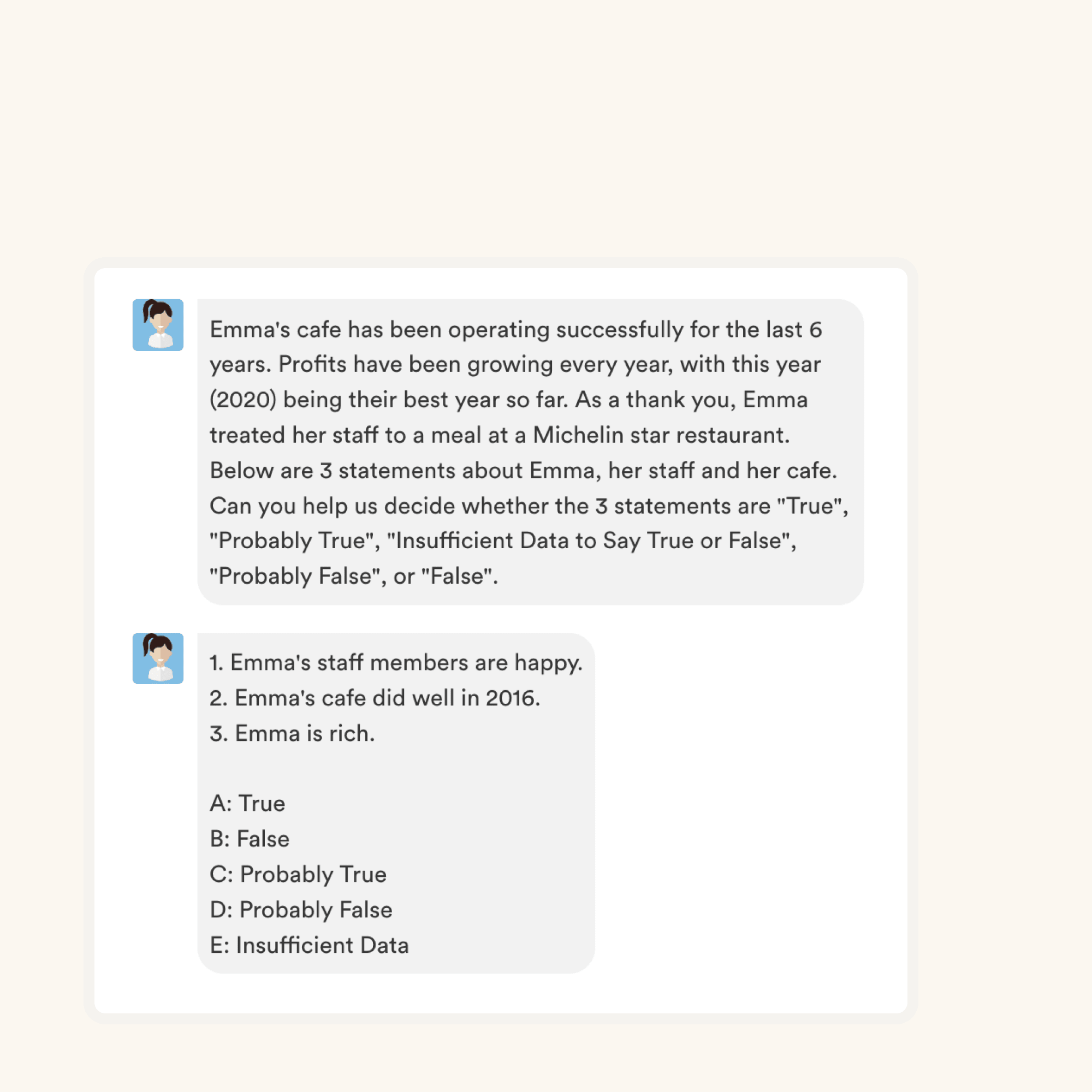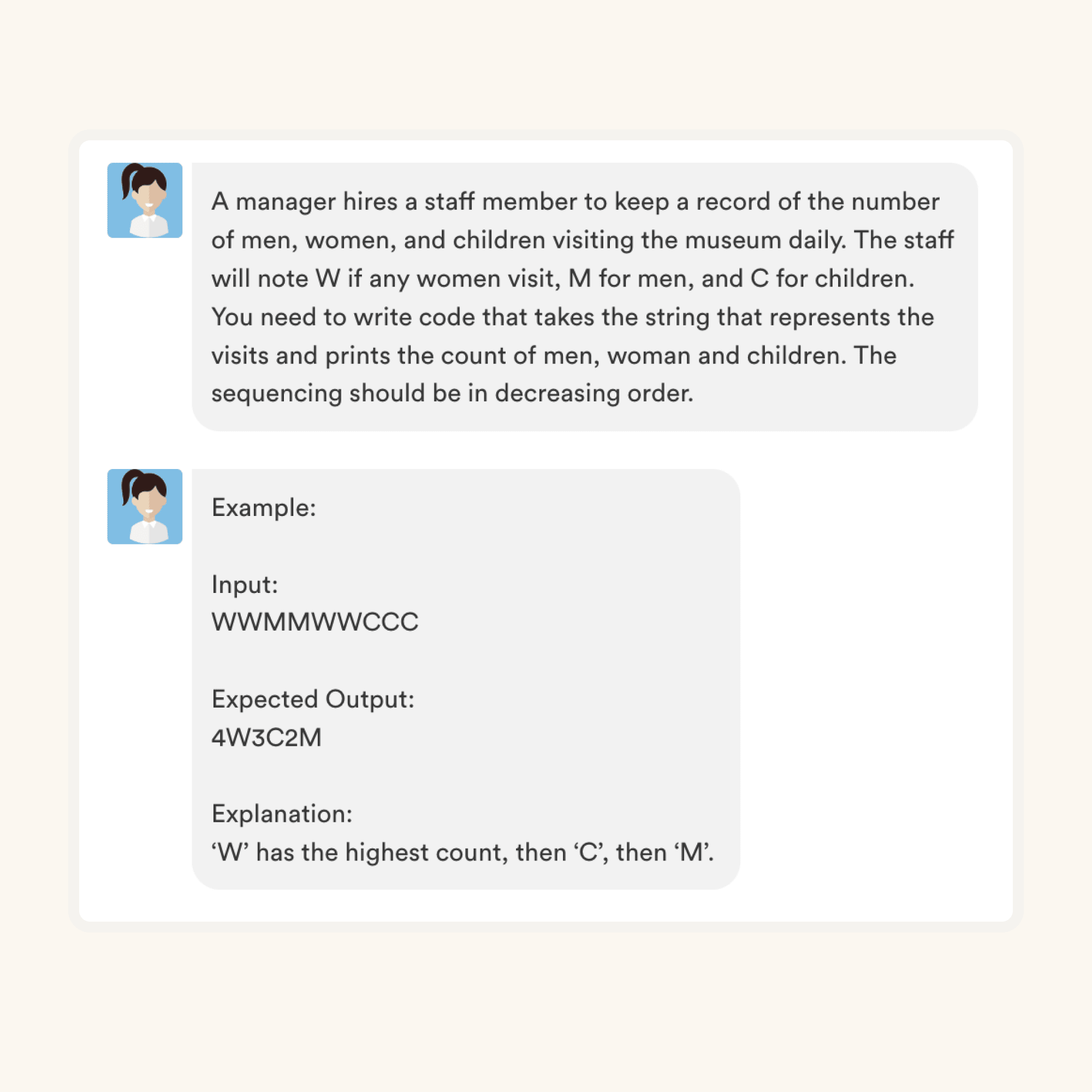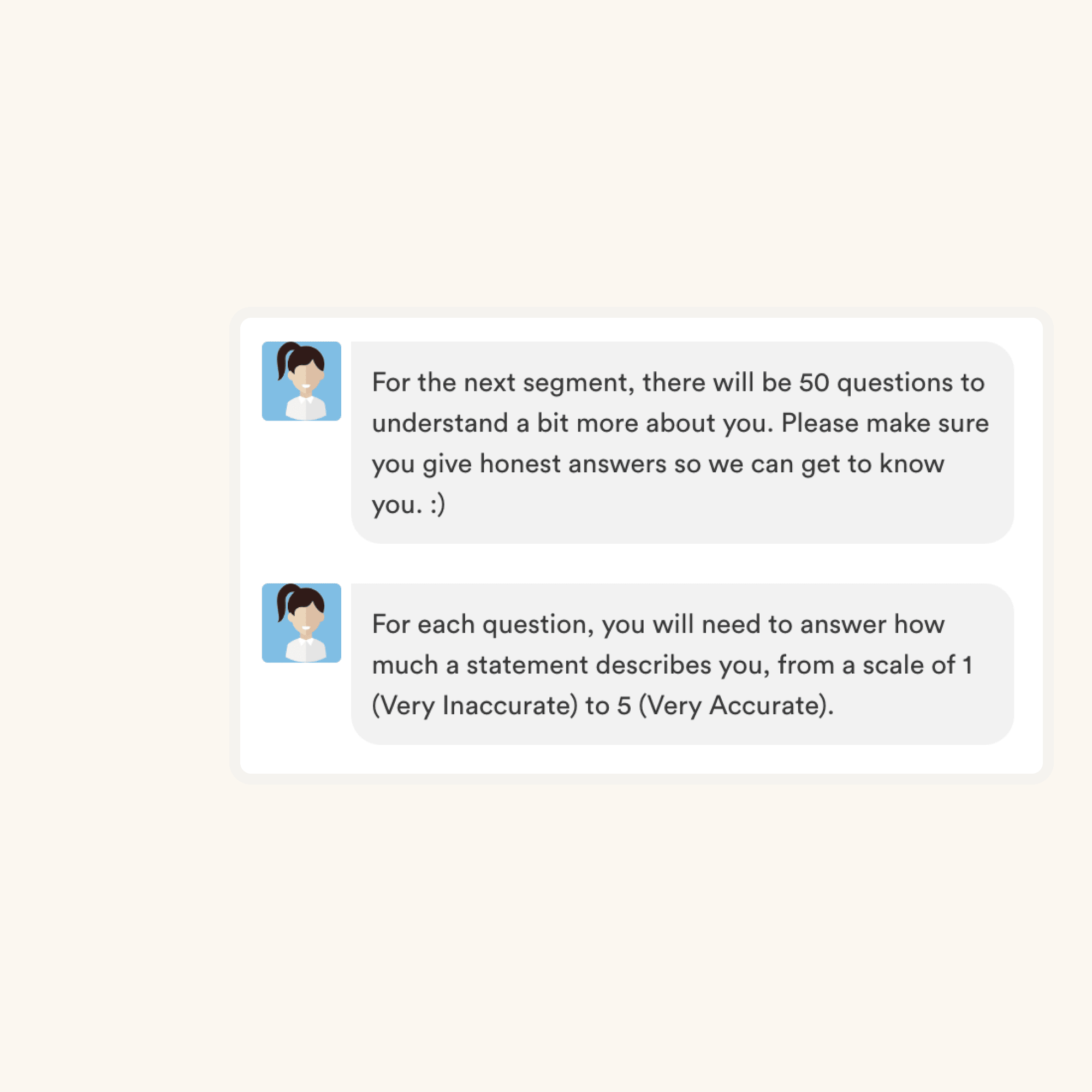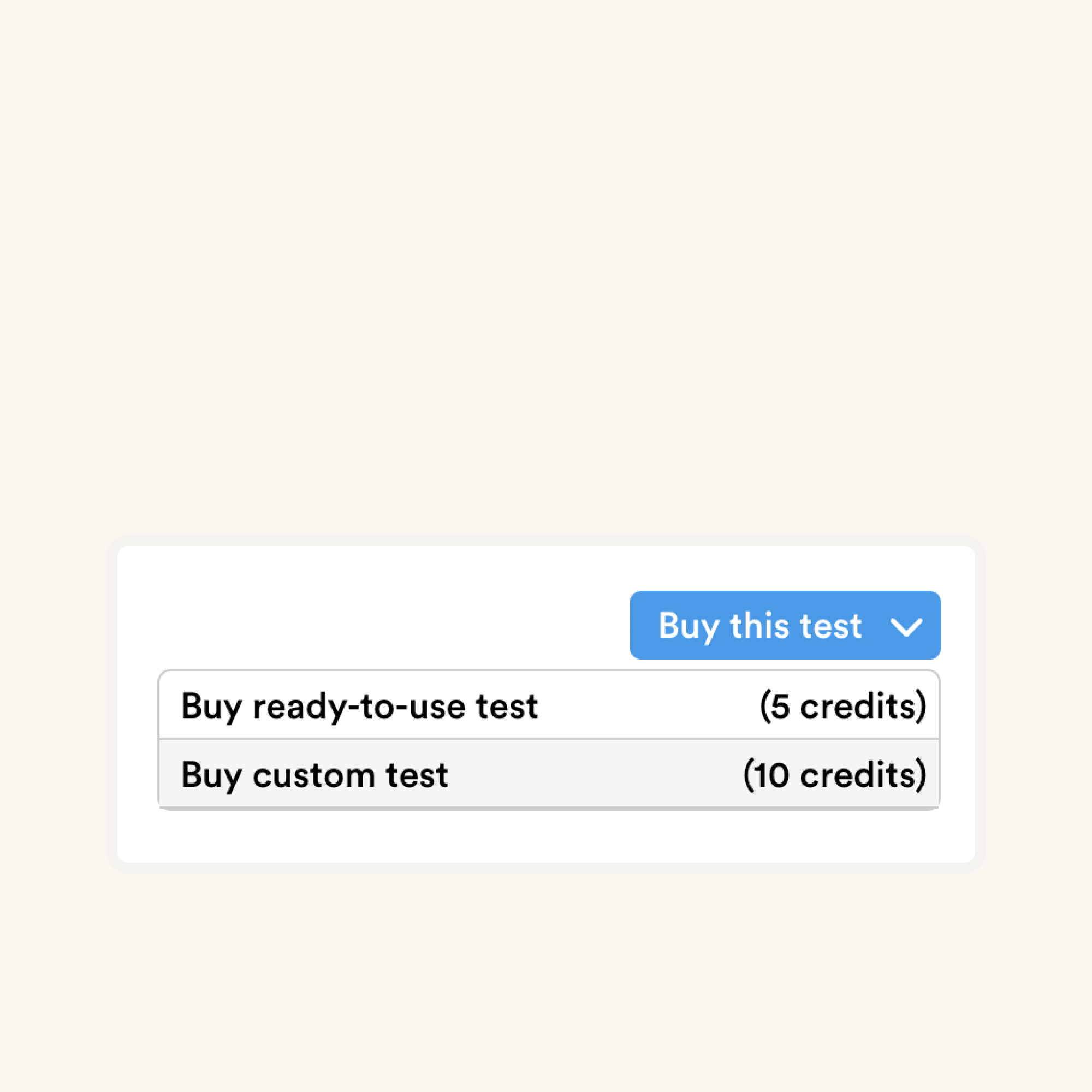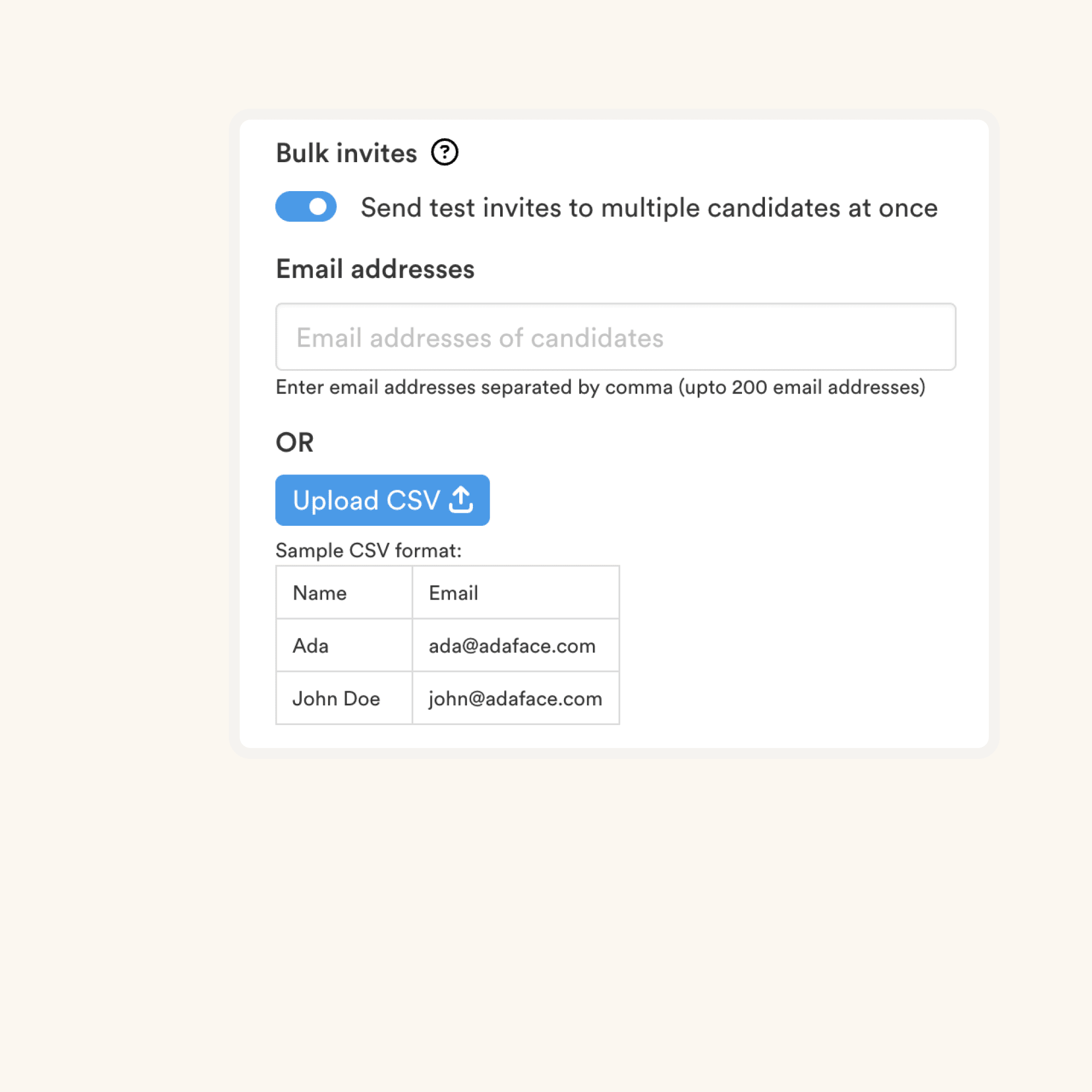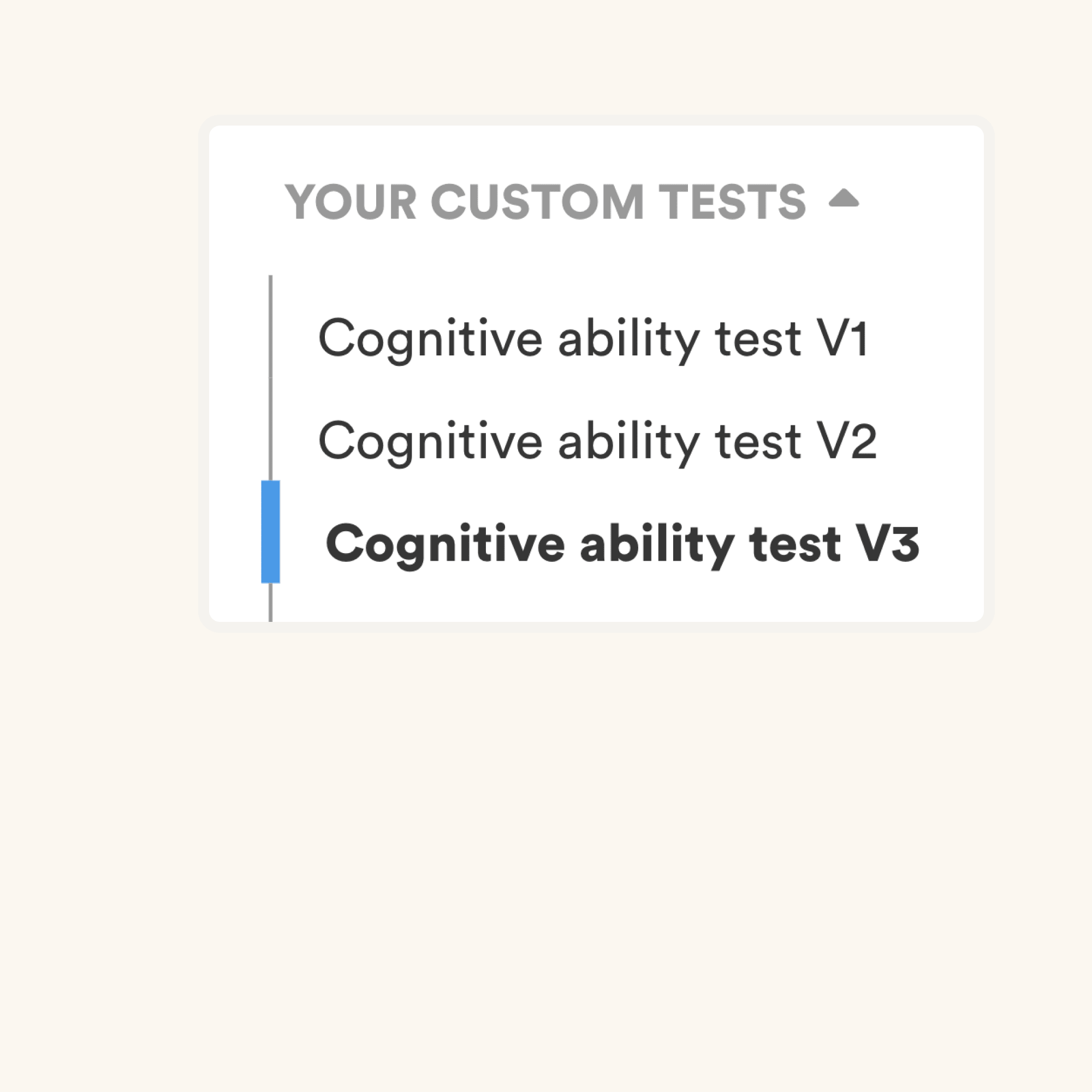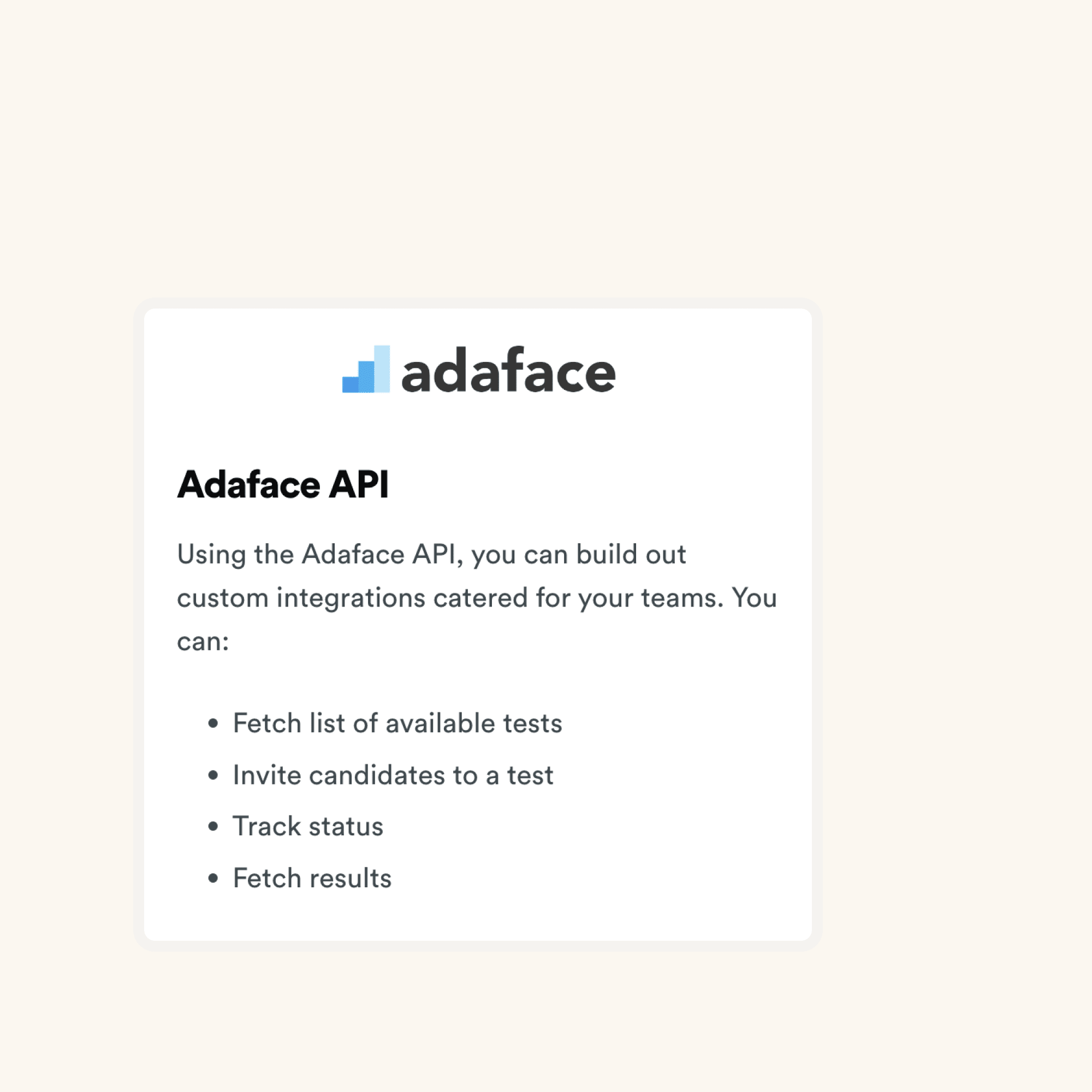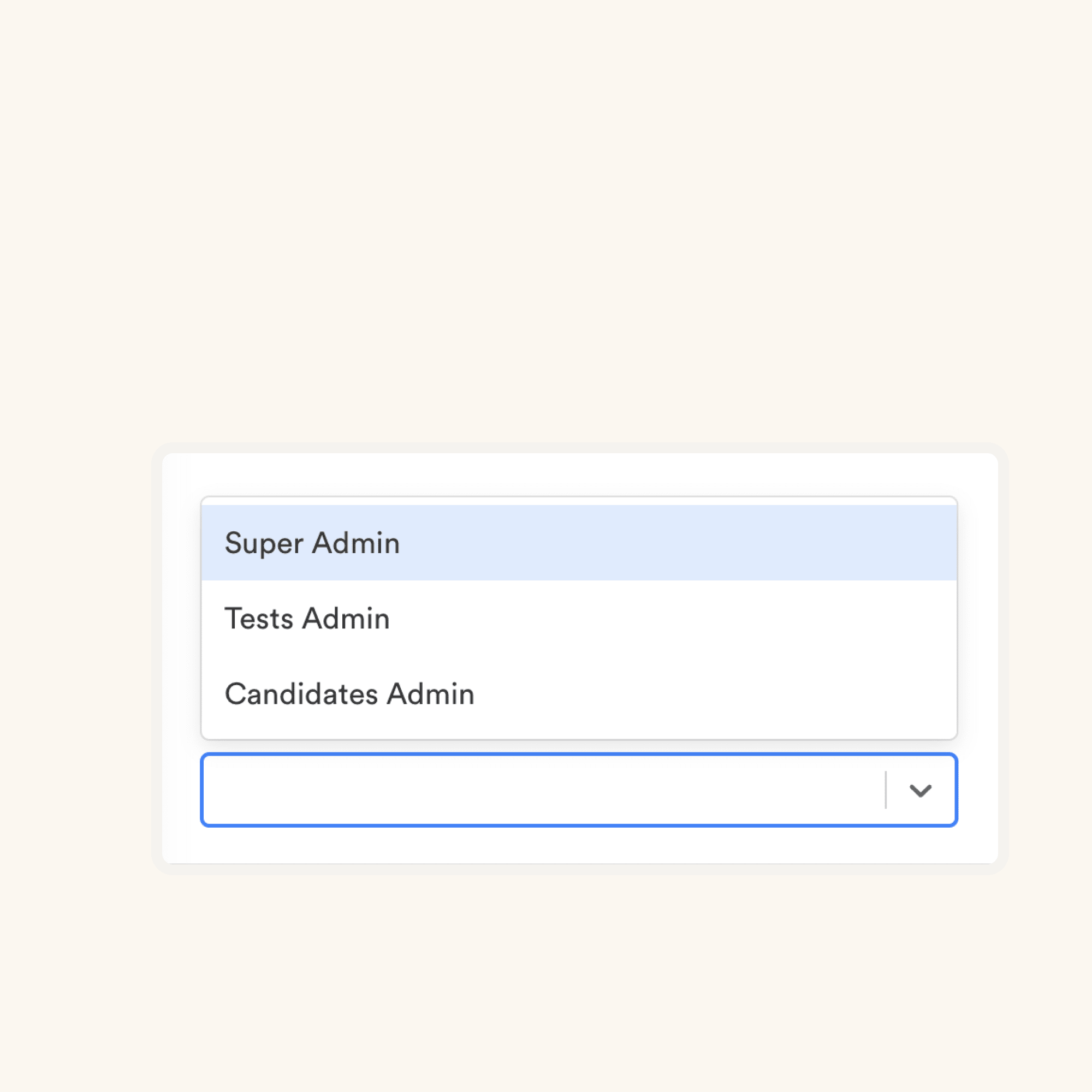Lists: Lists are ordered, mutable sequences in Python. They allow storing multiple items of different data types and provide various methods for manipulation. Proficiency in lists is crucial for efficient data handling and algorithm implementation.
Tuples: Tuples are immutable, ordered sequences in Python. They offer performance benefits over lists for read-only operations and are commonly used for fixed data structures. Understanding tuples is essential for writing memory-efficient and secure code.
Dictionaries: Dictionaries are hash table-based data structures that store key-value pairs. They provide fast lookup and insertion operations, making them ideal for data organization and caching. Mastery of dictionaries is vital for efficient data management in Python.
Sets: Sets are unordered collections of unique elements in Python. They support mathematical set operations and are optimized for membership testing. Proficiency in sets is important for tasks involving unique data and set theory applications.
Arrays: Arrays are fixed-size, homogeneous data structures that offer efficient memory usage and fast access times. While not a built-in type in Python, understanding array concepts is crucial for low-level optimization and working with libraries like NumPy.
Stacks: Stacks are Last-In-First-Out (LIFO) data structures used for managing function calls, parsing expressions, and backtracking algorithms. Implementing and using stacks effectively is a fundamental skill in computer science and programming.
Queues: Queues are First-In-First-Out (FIFO) data structures essential for managing tasks, breadth-first searches, and scheduling algorithms. Proficiency in queue operations is crucial for developing efficient systems and algorithms.
Linked Lists: Linked lists are dynamic data structures consisting of nodes connected by pointers. They offer efficient insertion and deletion operations and are fundamental to understanding more complex data structures. Mastery of linked lists demonstrates strong algorithmic thinking.
Trees: Trees are hierarchical data structures with nodes connected by edges. They are used in various applications, including file systems, decision-making algorithms, and databases. Understanding tree structures and traversals is crucial for advanced algorithm design.
Graphs: Graphs are versatile data structures representing relationships between entities. They are essential for modeling networks, solving optimization problems, and implementing artificial intelligence algorithms. Proficiency in graph algorithms is highly valued in software engineering.
Hash Tables: Hash tables are data structures that provide constant-time average-case complexity for insertion, deletion, and lookup operations. They are fundamental to implementing efficient dictionaries and caches. Understanding hash tables is crucial for optimizing data retrieval in large datasets.
Heaps: Heaps are specialized tree-based data structures that satisfy the heap property. They are used in priority queues, sorting algorithms, and graph algorithms. Proficiency in heap operations is essential for developing efficient algorithms in various domains.



















